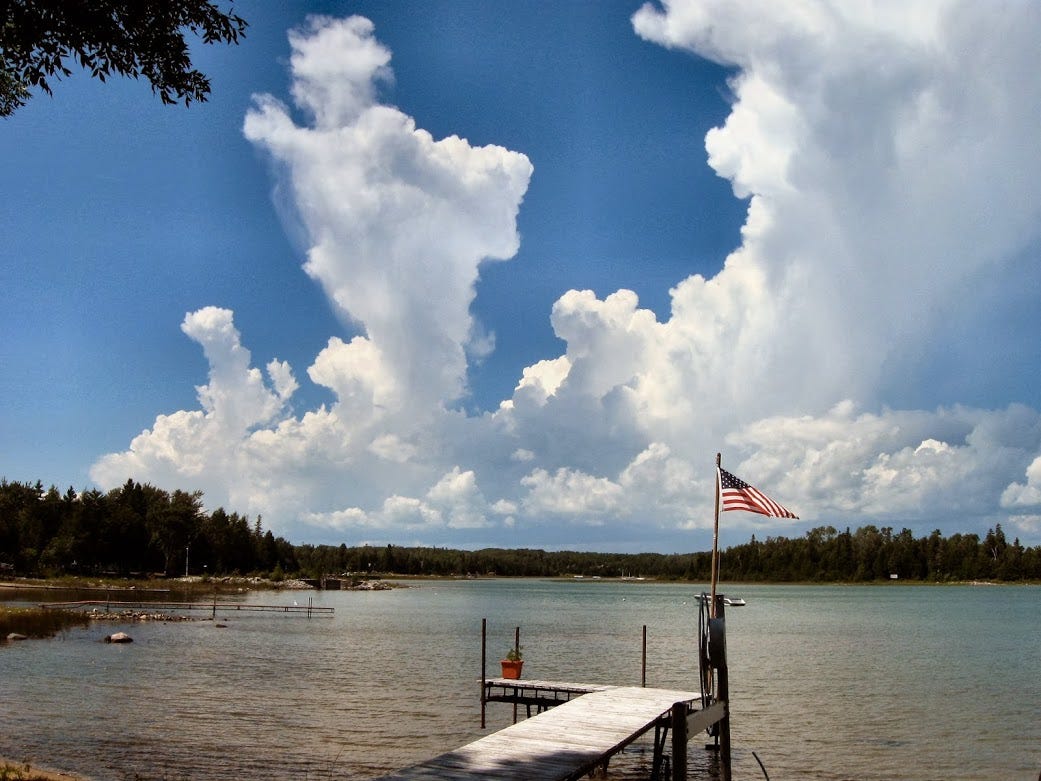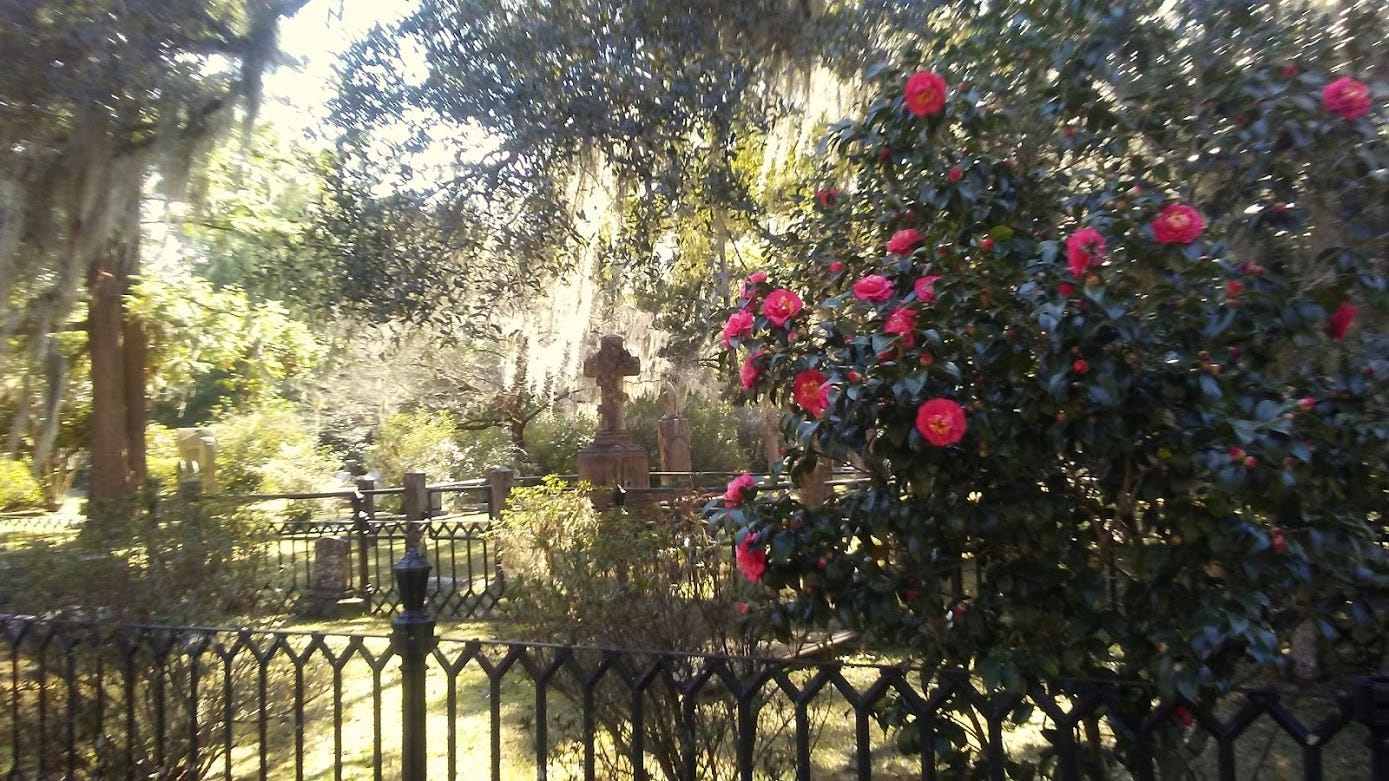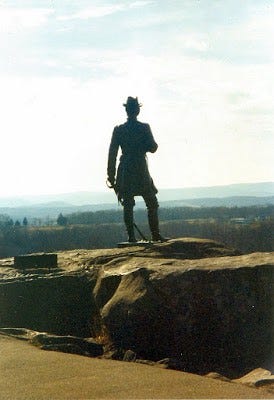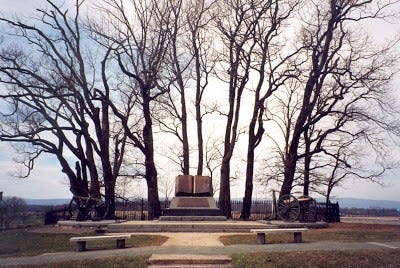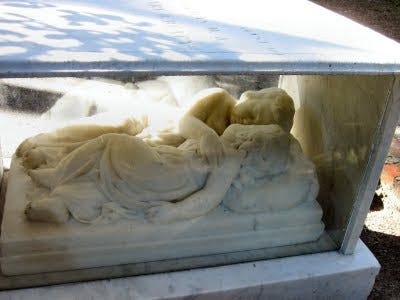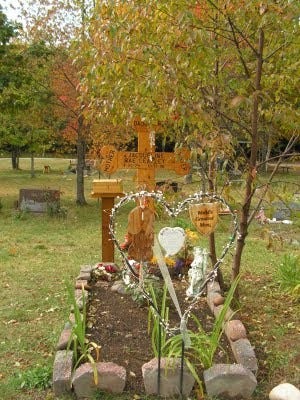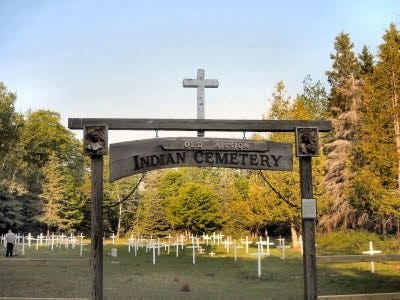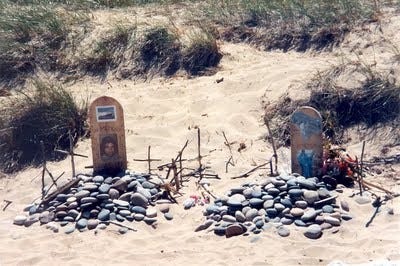Nearly every Memorial Day I pull out this essay and revise it to fit the moment. This is a solemn day that never fails to bring me hope. I think of all those lives lost, those men and women who fought to keep us safe, to give us the chance to build a world we would want our children and grandchildren to live in, and how too often we forget their sacrifices. We don’t always live up to it. This day gives us a chance to regroup. To remember why we love this country and why it’s worth the fight.
It’s the day to honor military lives lost, and that should be foremost, but many families see it as the day to visit cemeteries where their loved ones rest. Flowers appear and those places come alive. Grief and hope—and beauty. Some cemeteries are incredibly beautiful. In this essay, I’ll show you some that have made an impact on me.
On Hallowed Ground: A Memorial Day look at How We Remember
When I was a kid we called it “Decoration Day”. It was a day to honor soldiers, sailors, and airmen who didn’t make it back from the wars. It wasn’t a weekend, it was a day. On that day we commemorated those who gave their lives for their country by placing flowers on their graves.
The idea of a Decoration Day began soon after the Civil War, the last day in May chosen because flowers across the country would be blooming and available. It morphed into a day for remembering our own dead, military or not, by laying wreaths or placing flags on every grave. It didn’t take away from the solemnity of honoring our war dead. If anything, it brought us to those places where they rested. We honored them by our presence.
In 1971 it became a Federal holiday, on the last Monday in May, giving us a long, welcome weekend. Picnics, ball games, barbecues, all of that.
But Monday, the actual Memorial Day, is still a day of pilgrimage in big cities and small villages all across the country. Cemeteries are filled with people cleaning headstones, bringing flowers, attaching flags to military graves, connecting and remembering.
I see cemeteries not as sad and depressing depositories of the dead, but as vibrant places alive with personalities, infused with memories, steeped in unique beauty. I see them as outdoor galleries of fine art and folk art, ripe for photographing, which I do every chance I get — but always with the sense that I am treading on hallowed ground.
In honor of fallen soldiers, of friends and family no longer with us, of people whose lives we know only from monuments or symbols on a headstone, I offer these today:
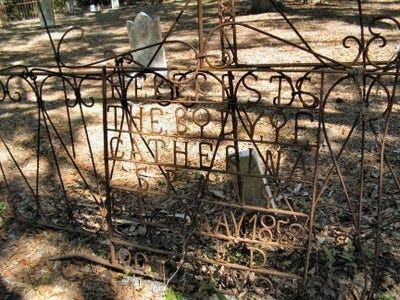
When the time comes, I’ll be buried in a plot in a small township cemetery in Michigan’s Keweenaw Peninsula. My parents, my brother, and members of my mother’s family are already buried there. Anything goes in that cemetery and I wouldn’t have it any other way.
People have installed benches and arbors and rocking chairs, turning their family plots into symbols and extensions of the lives that went before. Children’s toys are scattered, as if the child has left them only momentarily. Pictures, beads, notes and Lake Superior beach stone cairns decorate the sites.
It’s the kind of place you would want to stop by and visit.
It’ll suit me just fine. I want it to be a place where the people I love won’t come to grieve but to celebrate. And to remember.
(Note: All the photos are mine. Please ask permission before using.)




